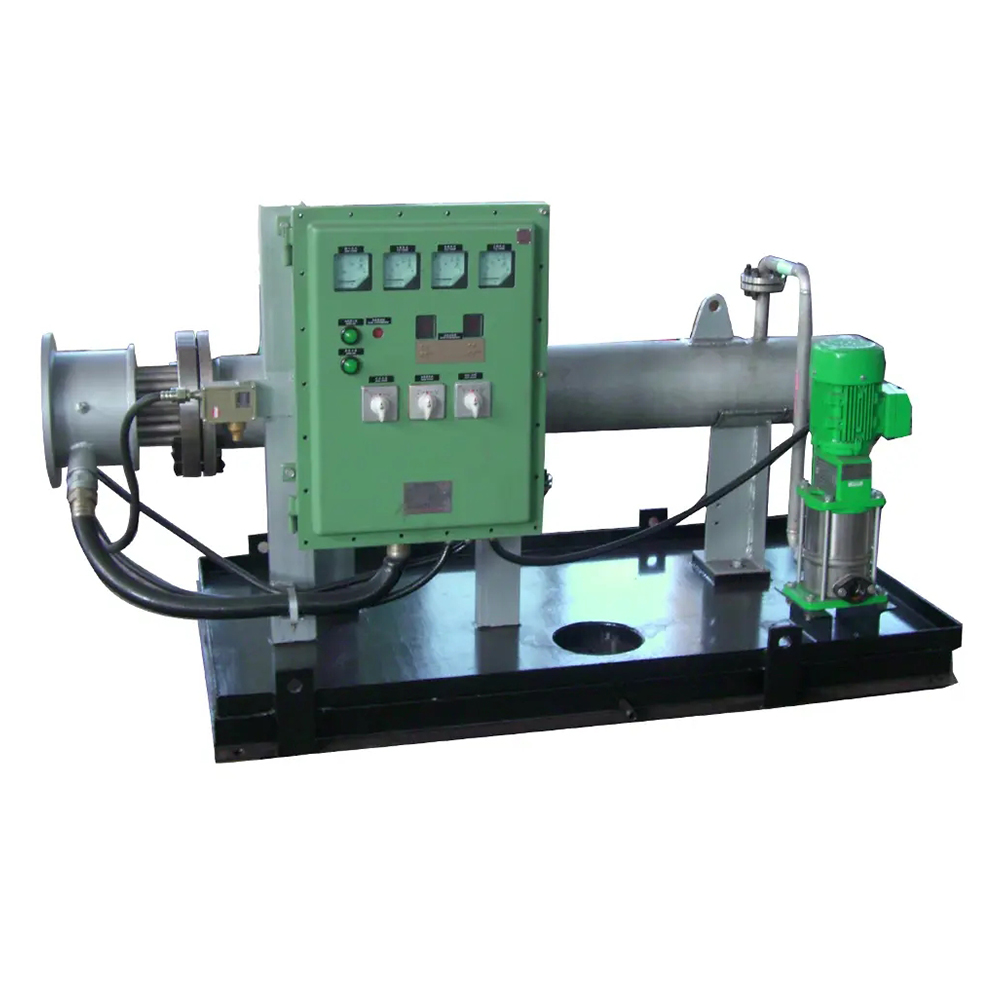Electric skid heaters have become an increasingly popular choice in industries such as oil and gas, chemical processing, power generation, and manufacturing. They are designed as packaged, self-contained systems that include heaters, pumps, controls, piping, and skid-mounted frames. Because they come pre-assembled, many professionals wonder whether installation is simple or if it still requires complex procedures. The short answer is that electric skid heaters are relatively easy to install compared to traditional heating systems, but there are still important considerations.
1. Pre-Packaged and Modular Design
One of the biggest advantages of electric skid heaters is their skid-mounted design. Instead of assembling individual components—such as heating elements, piping networks, electrical controls, and pumps—on-site, these units arrive as a ready-to-use package.
The modular design greatly reduces installation time. In many cases, the skid can be lifted into position with a crane or forklift, set onto a prepared foundation, and connected to the plant’s electrical and process lines. This pre-engineered approach eliminates the need for complicated field fabrication, welding, or extensive assembly.
2. Reduced Site Preparation
Traditional heating systems often require large boiler rooms, fuel storage facilities, or complex ventilation arrangements. Electric skid heaters, on the other hand, are compact and self-contained, which minimizes the amount of site preparation needed.
Typically, installation involves:
A stable foundation or platform to support the skid.
Electrical connections from the plant’s power supply.
Inlet and outlet connections for the process fluid.
Because the system is electrically powered, there is no need for fuel pipelines, combustion exhaust stacks, or additional safety enclosures related to open flames. This simplicity is one reason why skid heaters are considered easier to install than fossil-fuel-based heating equipment.
3. Electrical Hookup Considerations
While installation is straightforward, electrical hookup requires professional attention. Electric skid heaters often operate at high voltages and significant power ratings. Therefore, qualified electricians must ensure proper wiring, grounding, and compliance with local electrical codes.
Control panels are usually integrated into the skid, which means the installer only needs to connect the main power line and any external control systems. Modern skid heaters often come with digital controllers, PLC interfaces, and safety sensors already configured, which further simplifies commissioning.
4. Time Savings During Installation
Compared to traditional systems, electric skid heaters can save weeks or even months of installation time. Because they arrive fully assembled and tested by the manufacturer, on-site work is minimized. This is especially beneficial for remote or offshore installations, where labor costs are high and downtime must be minimized.
In many cases, businesses can transition from delivery to operation in a matter of days. This rapid deployment is a major reason why skid-mounted heaters are widely used in time-sensitive industries.
5. Flexibility in Location
Another factor that makes electric skid heaters easy to install is their flexibility in placement. They do not require dedicated boiler rooms or complex infrastructure. As long as the site has adequate electrical supply and fluid connections, the skid can be installed indoors, outdoors, or even in mobile applications.
For outdoor installations, weatherproof enclosures are often included. This further reduces the need for building additional housing structures, making installation easier and more cost-effective.
6. Maintenance and Commissioning
Because skid heaters are factory-assembled, they are also factory-tested before shipping. This ensures that all components are compatible and functioning properly. As a result, commissioning requires fewer adjustments compared to systems built on-site.
Once installed, operators only need to perform routine checks and calibrations. Manufacturers often provide detailed manuals and technical support, which simplifies the learning curve for plant personnel.
7. Factors That May Affect Installation Complexity
While generally easy to install, a few factors can influence the process:
Power availability: High-capacity heaters require substantial electrical infrastructure. Upgrading a facility’s power system may be necessary.
Transport logistics: Large skids may require special equipment for transportation and placement.
Custom designs: If the skid is highly customized, additional adjustments may be needed during installation.
These considerations do not negate the ease of installation but highlight the importance of proper planning before delivery.
Conclusion
Electric skid heaters are designed with ease of installation in mind, thanks to their modular, pre-packaged design. By reducing the need for on-site assembly, minimizing infrastructure requirements, and including integrated controls, they save both time and cost during setup.
Although electrical hookup and site preparation require professional handling, the process is significantly simpler than traditional heating systems. For industries seeking efficient, reliable, and quick-to-deploy heating solutions, electric skid heaters are an excellent choice.
In summary, yes—electric skid heaters are easy to install, provided that the proper power supply and basic site preparations are in place. Their convenience, efficiency, and flexibility make them one of the most practical heating solutions available for modern industrial applications.


 English
English русский
русский Français
Français Español
Español عربى
عربى
